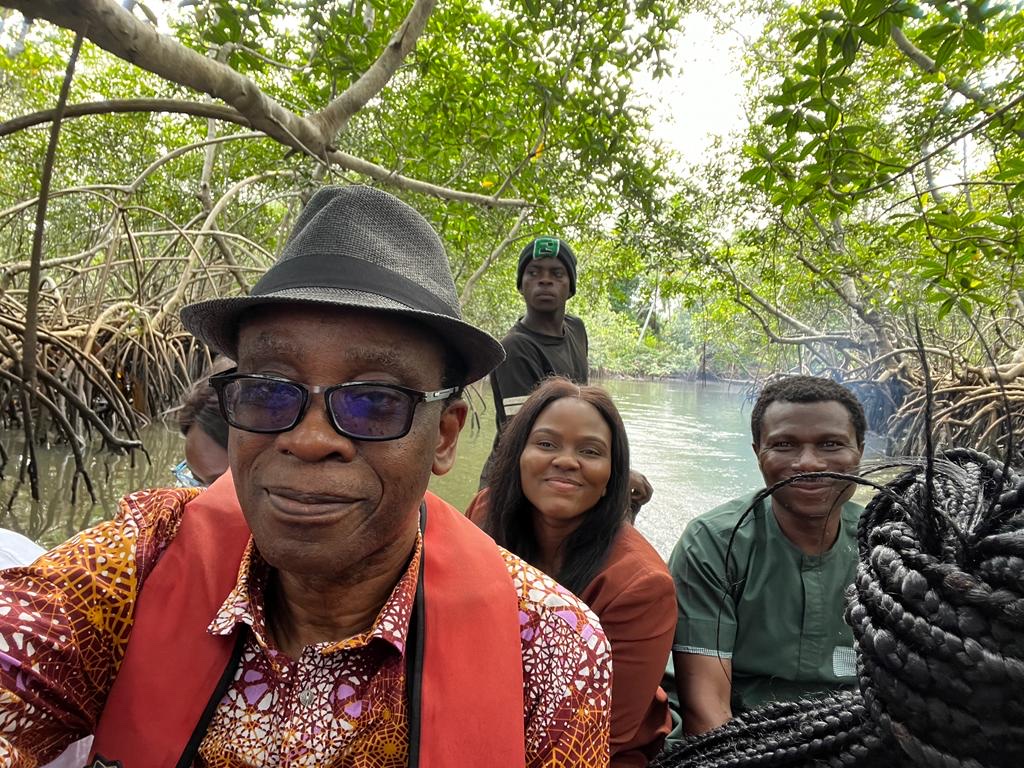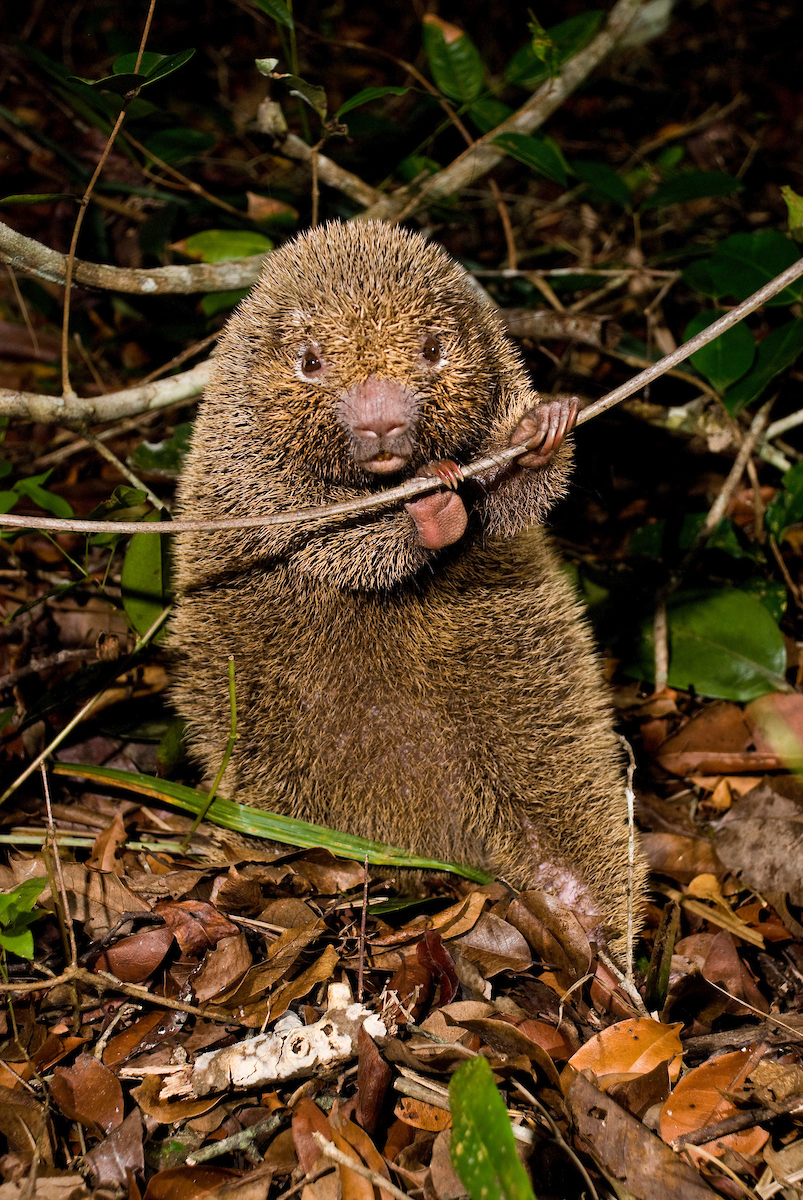- 2023 marked the first full year of Mongabay’s Conservation Reporting Fellowships, which are offered in both Spanish and English; journalists in the English-language program represented six countries in Africa, Asia and the Americas.
- The fellowships aim to fill gaps in global conservation reporting, as our planet faces the unprecedented crises of climate change, biodiversity loss and the prospects of surpassing the planetary boundaries within which human life on Earth may thrive.
- Look ahead to 2024 for much more to come, as Mongabay expands and our fellowships grow and evolve with us.
As 2023 draws to a close, so, too, does the first full year of Mongabay’s Conservation Reporting Fellowships. Launched at a time of unprecedented planetary upheaval, the program aims to build a new generation of environmental reporters from the world’s biodiversity hotspots. This is the future of reporting on Earth as we know it now — and Earth as it will be in years to come.
As a planet, we broke records left and right this year, from heat waves to catastrophic storms, floods and fires — as well as fossil fuel production — all of which push us closer to the brink of the nine “planetary boundaries” that determine Earth’s suitability for our presence here.
It is paramount that journalists from the most vulnerable, affected regions of the world are equipped to report these phenomena as they happen.
To that end, in 2022, Mongabay established two Y. Eva Tan Fellowship programs, in English and Spanish, to prepare journalists from low- and middle-income tropical countries with the tools and opportunities they need to tackle this job. Each fellowship comprises a cohort of three journalists in each language who work with Mongabay for six months. Ultimately, we hope all fellows will go on to become regular contributors.
This year, the first three cohorts overlapped, representing six countries in the English-language program: Kenya, the Philippines, Brazil, Nigeria, Suriname and India. As fellowship editor of the English-language program, 2023 presented one of my biggest learning curves ever. This fellowship is framed as a program that mentors and trains the early-career journalists selected to participate — but it goes both ways. I am a student, too. All nine fellows have taught me invaluable lessons on their countries, their regions and life on this planet — and I am grateful for this experience. Thank you all!
Most vitally, the stories that have emerged from this fellowship, though written and reported thousands of miles apart, in seemingly disparate reaches of the world, blatantly show how much we all share in common, as we humans collectively face the climate, biodiversity and social justice crises at hand.

Fellow Abdulkareem Mojeed witnessed this firsthand, as his reporting took him first to Nairobi in September for the inaugural Africa Climate Summit, which resulted in two Mongabay stories, including a prelude to COP28 in Dubai (which he also covered).
Most fellows reported close to home — sometimes discovering surprising things they hadn’t known about their country or region. “The story I wrote on tapirs in Suriname was the most important to me, because it provided information on wildlife protection in Suriname I did not even know,” says fellow Priscilla Misiekaba-Kia. “It also showed that the government has to do more to make sure the protected areas are truly protected and that game wardens have sufficient resources to do their work.”

(And if you haven’t already, have a look at Priscilla’s story on the “Sloth Lady of Suriname” for some uplifting news on conservation with images that should put a smile on your face.)
Some 18,000 kilometers (11,000 miles) away in the Philippines, fellow Jewel S. Cabrera says her first story was special to her “because aside from it being my first Mongabay assignment, it’s also the first time I learned about plastic pellet pollution,” a significant threat to marine environments and ecosystems, particularly in the region where she lives. But it wasn’t all grim news — Jewel found signs of hope. And she followed up this first piece with a story on innovators working on seaweed-based alternatives to plastic food wrappers.
Fellows Calvin Rock and Mactilda Mbenywe, both from Kenya, showed us multiple sides of Lake Victoria and the issues surrounding it. Calvin’s story on sudden, massive fish kills and the effects on local fishers, left a mark on him personally (as reporting on people and the planet often does). “It was troubling witnessing the pain of the fishers from their losses, but getting to tell their story was a relief,” he says. “It felt like they were getting a platform to not only express their frustration but also to seek help and solutions to the problem.”

That’s the beauty of this work — sometimes, we get to see results. Mactilda’s story on orphaned children who are now in charge of their households in the wake of Lake Victoria flooding caught attention in Kenya. “This story has generated a significant impact, prompting increased support for orphaned children from both local and national governments, as well as non-state actors, who are now directing attention to the plight of neglected children facing the flooding along the lake’s shores,” she says.
This is hard work. And it’s a process. The fellowship involves a lot of back-and-forth editing and coaching, and every step is an opportunity to learn something new. “What I’ve learned most importantly is that, like everything in life, science and environmental journalism are also about methodology, and learning from mistakes and successes. The more I make mistakes, correct them and improve during the writing of a story, the better my next one will be,” says Michael Esquer, who began his fellowship in October. Just a few weeks ago, his first published story took a fascinating, nuanced look at ancient Amazon earthworks and their implications for Indigenous people today who are struggling to gain rights and recognition of their lands.
We’ll have more from Brazil that delves into human rights issues — so follow us for updates. Without giving too much away, fellow Vitor Prado dos Anjos says his forthcoming story from the region “marked a significant turning point in my fellowship. Independently planning and executing a reporting trip, as well as delving into the complexities of [an] overlooked conflict, greatly contributed to my professional development.” (Earlier this year, Vitor also reported a story on the relocation of the cutest threatened porcupines you ever did see — I dare you to look at those photos and not smile.)

There’s much more in store for 2024, as the current fellows continue their work. “In just two months, I can feel a confidence growing in me that I can be a successful environmental journalist if I can do what Mongabay is teaching me,” says Niladry Sarkar. His first article took readers high into the Himalayas, where scientists have found droplets of 600-million-year-old ocean water that holds clues to the evolution of complex life on Earth.
“This fellowship has been crucial to my growth as a journalist,” says Swati Thapa, who published her first Mongabay piece earlier this month, exploring longstanding stigmas that have hindered research on same-sex sexual behavior in animals. Now that worldviews are changing a bit, scientists tell her, new worlds of data are opening up. “I feel it is one of the most important stories I have done,” Swati says.
And it’s only the beginning — there is so much more to do. “There are so many stories that matter,” Jewel says. “We need more environmental journalists.”
We’re working on it. Stay tuned.

Banner image: James Njuguna, a shepherd who lives near Kenya’s Manguo swamp, a community water source and harbor of biodiversity that has dried up for the first time in residents’ memory. Fellow Calvin Rock reported the story. Image by Calvin Rock Odhiambo/Mongabay.
Related coverage: View more reporting by our fellows and interns here, such as this feature about Brazil’s thin-spined porcupine:
Translocation is a viable option for Brazil’s threatened porcupines: Study
